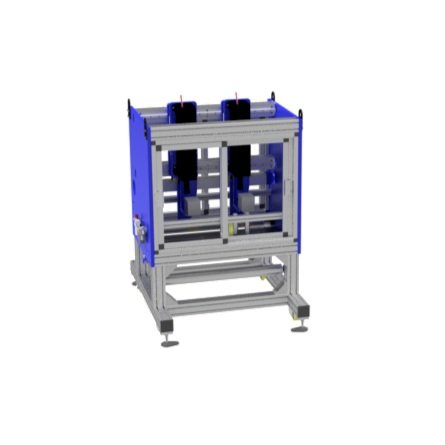With sustainable packaging, IV range artichoke lasts longer
Artichoke, a symbol of the Mediterranean diet, stands out for its high nutritional value; rich in bioactive phenolic compounds, inulin, fiber and minerals, it sees Italy as the world leader in its production, accounting for 36 percent of the global total.
The preparation of artichokes is notoriously complex. Cleansing operations are laborious, involving long processing times and a high percentage of waste: the edible part is less than 50 percent of the total weight of the head. For this reason, the artichoke is often offered as a IV range product, that is, packaged in protective packaging, ready for consumption.
The challenge of browning
However, rapid browning, whether of enzymatic or nonenzymatic origin, poses a significant challenge to its marketability. Because of the high phenolic content (up to 12 percent of the dry weight of the edible part), standard technologies for minimally processed products are ineffective. To preserve the quality of the artichoke, careful management of parameters such as temperature, pH, oxygen availability, and the use of anti-browning agents is essential.
The innovation of renewable packaging
In addition to traditional plastics such as polypropylene (PP) and polypropylene combined with polyamide (PP+PA), polylactic acid (PLA) has been tested as a sustainable solution. PLA is a biopolymer derived from renewable resources, which has gained popularity due to its lower environmental impact.
Given the high respiratory activity of artichoke, gas control in the package is crucial to avoid excessive consumption of oxygen (O2) and accumulation of carbon dioxide (CO2). For this purpose, microperforated films are used. Gas diffusion through a film depends on both the microholes and the permeability of the material: in microperforated films, most of the gas passes through the microholes, making them ideal for products with high O2 demand.
The results of the experiments showed that all materials tested, with an adequate number of microperforations, quickly reached the so-called "safety range" (O2 ≥ 5% and CO2 ≤ 15%). This prevented damage to the product and prolonged its shelf life, even exceeding the performance of artichokes stored in the open air.
Among the materials tested, microperforated PLA showed the best visual results while maintaining a freshier exterior appearance.
The importance of laser perforators from Spark Machinery
To achieve precise and uniform microperforations in packaging films, laser perforators from Spark Machinery represent a state-of-the-art solution. These systems make it possible to optimize the control of gas permeability, significantly improving the quality of preservation of IV range artichokes and other high-breathing fresh produce.
Contact our Sales Office at info@sparkmachinery.com for consultation, carry out tests, feasibility studies, and for any information!





